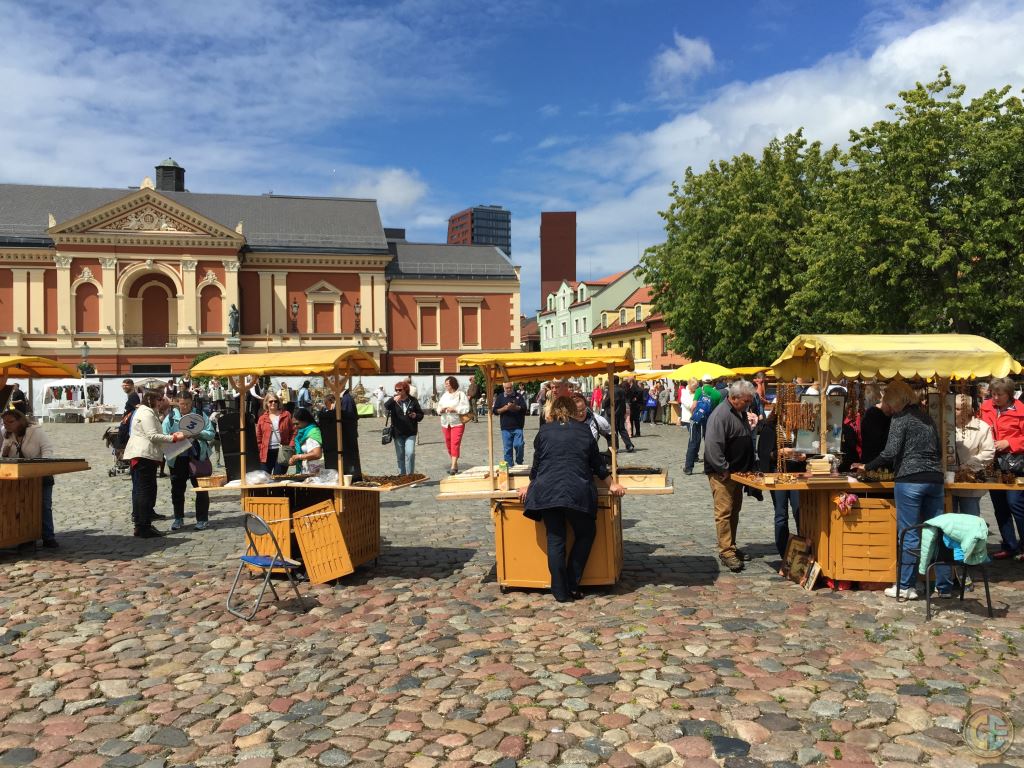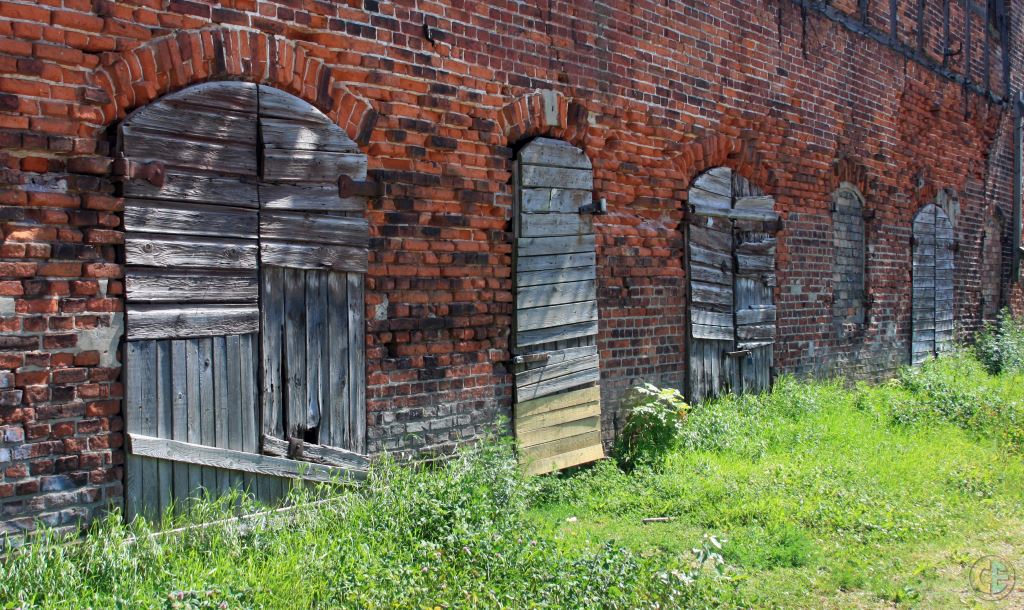 Downtown Klaipeda and Its Arts and Crafts Festival
Downtown Klaipeda and Its Arts and Crafts Festival
Feeling like a city that wants to desperately escape its Soviet past, Klaipeda, Lithuania has a mix of the old and new. The former Prussian capital retains its discrete German architecture in the Old Town coupled with the remaining tower of the red-brick castle. The town has the only port in Lithuania that links passengers and cargo ferries to Scandinavia, other Baltic Sea countries, and beyond. Currently, it is the base for large deep sea fishing, fish cannery, and a major ship building and repair yard industry, among others.
There is little to explore in Klaipeda, but with the help of local experts, it creates a rewarding experience. Not much is left of the historical sights and museums, but there is more than what meets the eye; especially since the dunes and natural beauty of the Curonian Spit are only a ferry ride away.
The Dane River cuts the city into two distinct parts. The northern side of the river forms the new and modern town with the Klaipeda University, hotels, and bus and train stations. The south of the river is the refurbished Old Town that has smattering hotels, tourist information offices, bars, shops, and restaurants. Smiltyne is the third district that lies across the Curonian lagoon. It has some interesting features and the Curonian Spit can be reached only by ferry.
The Old and New Town
The Smiltyne District hosts the National Sea Museum which is home to plenty of fishes and mammals. The gorgeous and coral beaches in the northern part of the city are popular tourist attractions together with key entertainment venues and shopping malls.
 The Red Brick Ports Warehouses of Klaipeda
The Red Brick Ports Warehouses of Klaipeda
The Old and New Town have many wooden frames and pre-war buildings. The red brick ports warehouses and post buildings are exotic and spectacular even if they stand next to newer buildings. Walking on the straight and narrow streets of the Old Town is rewarding and relaxing as one seeks for specific landmarks.
The downtown streets of Klaipeda have numerous playful statues built in 2006. There is a money bag, a small mouse that “supposedly” makes wishes come true and revitalized landscape that strikes a balance between the urban landscape and a prehistoric city.
 Panoramic View of the Curonian Spit
Panoramic View of the Curonian Spit